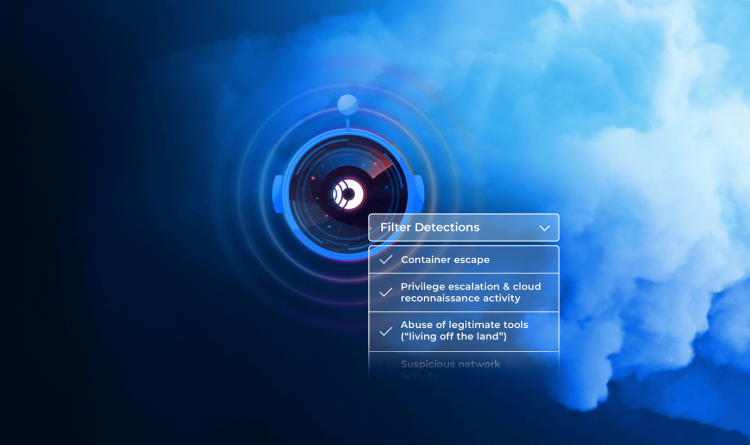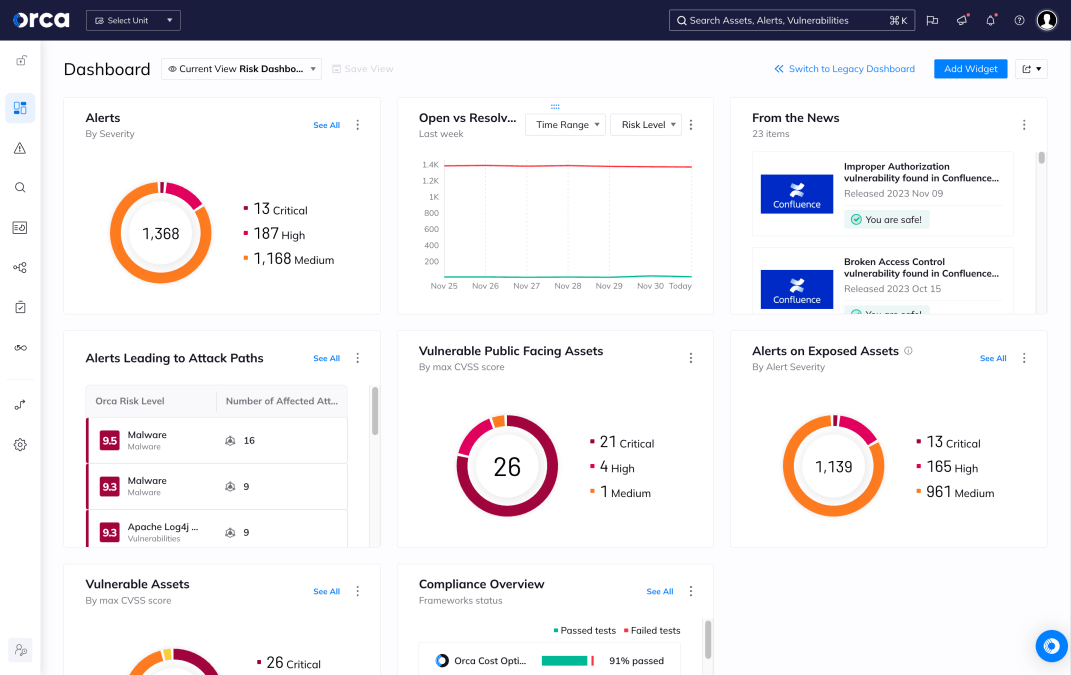According to the 2024 Verizon Data Breach Investigations Report, vulnerability exploitation contributed to three times as many data breaches in 2023 compared to the previous period. This coincides with findings that indicate security teams typically manage to remediate only about 10% percent of vulnerabilities in runtime each month.
Addressing vulnerabilities early in the software development lifecycle (SDLC) proves vital to securing applications throughout their lifecycle. And yet, this remains a challenge for organizations and their development teams. The Orca 2024 State of Cloud Security Report found that 62% of organizations have severe vulnerabilities in their code repositories, while another 70% have unencrypted secrets stored there. Both increase the chances that problematic code reaches production environments and lead to security breaches and other severe incidents.

To enhance application security, Orca is pleased to introduce Static Application Security Testing (SAST) capabilities that detect and secure vulnerabilities in first-party codebases. SAST, also known as white box testing, is a type of application security used in the early stages of the software development lifecycle (SDLC) to secure first-party code.
SAST scans source code to identify vulnerabilities that could expose applications to exploitation. It delivers actionable insights to developers during the coding process, enabling them to address issues early and prevent vulnerabilities from advancing through the SDLC.
What are Orca’s SAST capabilities?
Orca’s SAST capabilities enable the detection of vulnerabilities in code with precision and efficiency. The feature further expands recent enhancements to Orca’s Application Security solution and scans first-party code against a comprehensive set of security policies. These policies serve as guardrails for developers, providing real-time visibility into code issues and enabling them to resolve problems seamlessly using their preferred tools and workflows.
#1: Effective risk prevention with guardrails for secure development
Challenge: In the age of cloud-native applications, developers are writing and shipping code faster than before. Due to oversight or a lack of knowledge about secure coding practices, they may unintentionally introduce vulnerabilities when writing and committing code. Meanwhile, security teams often lack the visibility or capacity to address these risks early in the SDLC.
Solution: Security teams get an automated solution that prevents developers from introducing vulnerabilities in first-party codebases. This solution seamlessly scales across code repositories and provides a consistent and effective way to mitigate security risks before they reach runtime.
Using the Orca Cloud Security Platform, security teams can easily view, enable, or customize policies for SAST scanning to detect security issues, bugs, and other coding issues, including those of special concern.
This allows security teams to centrally manage SAST policies alongside IaC, container security, and other aspects of application security, ensuring streamlined control and efficiency.

#2: Flexible integrations for easy deployment
Challenge: Security teams need a scalable and automated solution to secure first-party code and reduce exploitable vulnerabilities. At the same time, they require a way to measure risk across repositories efficiently and without disrupting development workflows. However, achieving this without burdening developers or slowing down delivery pipelines remains a significant challenge.
Solution: Orca provides seamless integration for SAST scanning, ensuring quick deployment with minimal disruption. With Orca’s GitHub App, GitLab App, or Azure DevOps Repos integration, security teams can effortlessly embed SAST scanning into their source code management (SCM) systems without needing to adjust configurations or manually manage CLI tools.
Orca’s code reviews (pull requests) surface only newly introduced issues, reducing noise and enabling developers to address security concerns efficiently. Additionally, the platform offers highly customizable configurations and policies, allowing security teams to tailor scans and vulnerability detection to meet specific organizational needs without relying on DevOps teams to operationalize security.
#3: Developer-centric experience
Challenge: Integrating security into fast-paced development cycles often disrupts workflows. Identifying issues late in the process forces developers to revisit previous work, causing delays and reducing efficiency. This can lead to frustration and friction between development, DevOps, and security teams, hindering collaboration and slowing delivery.
Solution: Orca integrates seamlessly into developer workflows by performing code reviews and embedding SAST results directly into pull requests (PRs). Inline code comments and detailed PR summaries highlight vulnerabilities introduced by changes, enabling developers to address security concerns quickly and efficiently without leaving their tools.
By delivering actionable insights within PRs, Orca reduces disruptions, boosts productivity, and ensures security is seamlessly integrated into the development lifecycle.

About the Orca Cloud Security Platform
The Orca Cloud Security Platform offers a unified and comprehensive cloud security platform that identifies, prioritizes, and remediates security risks and compliance issues across AWS, Azure, Google Cloud, Kubernetes, Oracle Cloud, and Alibaba Cloud. Leveraging its patented SideScanning™ Technology, the Orca Platform covers the entire application lifecycle and detects vulnerabilities, misconfigurations, malware, lateral movement, data risks, API risks, overly permissive identities, and much more.
Learn More
Interested in seeing Orca’s SAST capabilities in action? Schedule a personalized 1:1 demo with one of our experts.






